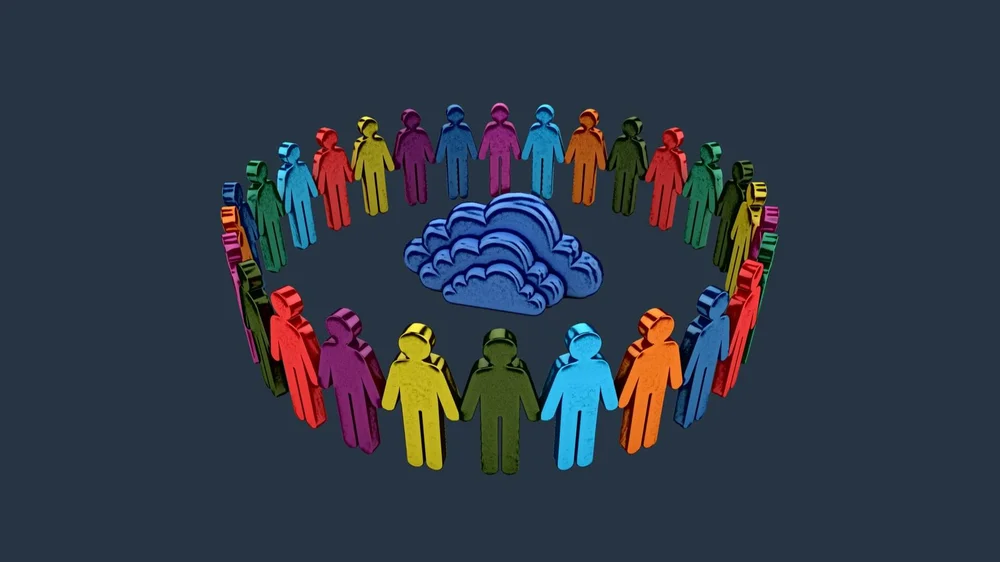Customer visibility into CI/CD



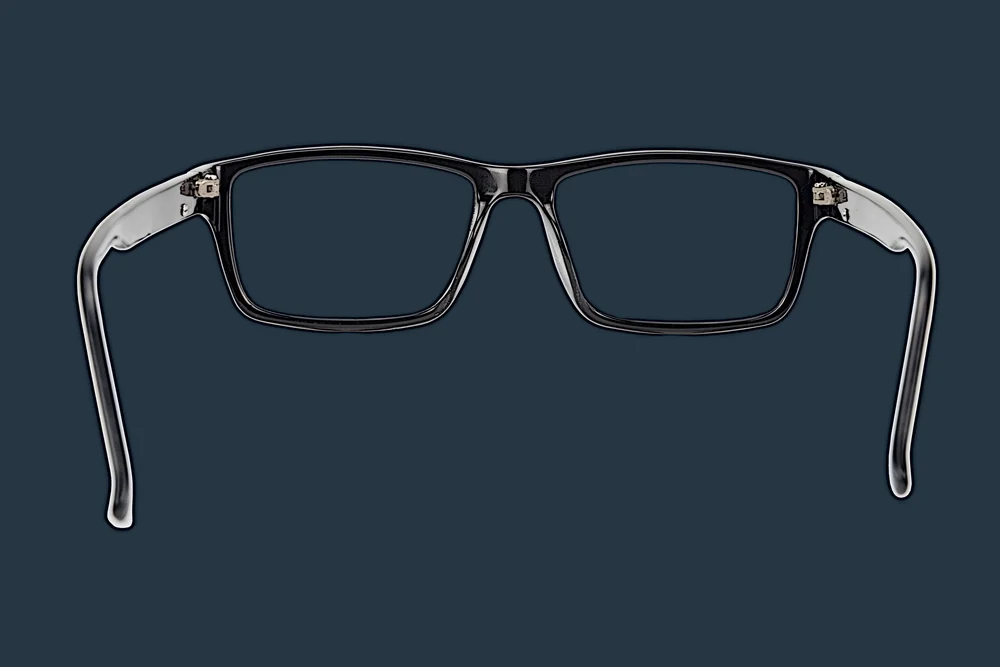
If you’re reading this blog, it’s a safe bet that you’re an info-maniac. You expect to access unlimited information about pretty much everything at any time. You’re that person. And so am I.
I check which warehouse stocks my Amazon order and track UberEats by both minute and location. I expect to know about things I don’t even care about. (Hey, was that salmon ever frozen?) So, if I don’t get near-total visibility into a product or service, I get twitchy about the whole relationship. Do I even want to be a customer?
Savvy retail firms, including those mentioned above, are already differentiating by giving customers more visibility into their processes. The business-customer relationship is evolving from a dualistic us-them accord into something more akin to a partnership. Offering visibility to “customers” (however broadly you define them) is a growing trend. We find that benefits accrue on both sides.
Atorough and Salem (2016, p. 7) highlight the phases of the journey encompassing the business-customer relationship:
“The build-up phase refers to continual increase in benefits obtained by exchange partners, resulting in the strengthening of the relationship roots formed at the initial stage. It is also at this stage that socialization develops, building on trust and satisfaction that encourages each party to increase risk taking through greater counter-reliance and dependence on the relationship. The maturity phase refers to an implicit and explicit pledge of relationship continuity between exchange partners, in which there is an expectation or assumed sense of commitment. And lastly, the decline phase refers to withdrawal or disengagement from the relationship.”
As far back as the 1960s, large manufacturing companies knew they needed better visibility into their inventory management. By 1990, systems to track and manage inventory (and handle simple purchasing and delivery functions) were popping up. Those systems coined the term ERP (Enterprise Resource Planning). Tom Davenport (2000), one of the luminaries in ERP and Knowledge Management, defined the phrase to be:
1. “…packages of computer applications that support many, even most, aspects of a company’s information needs” (p. 2); and
2. “…[ERPs] offer the first great opportunity to achieve true connectivity, a state in which everyone knows what everyone else is doing in the business all over the world at the same time” (p. 5).
Visibility in manufacturing verticals

Globalization, mergers, and acquisitions continued to raise the information-needed bar. The complexity and volume of information needed to maintain a sustainable competitive advantage continued to increase.
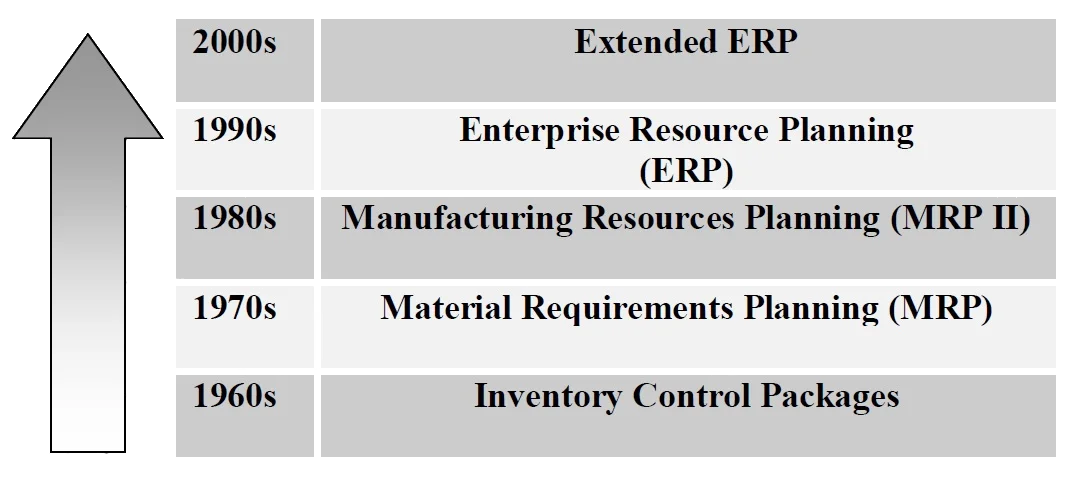
In addition to inventory, current ERP systems are likely to provide insight into distribution, accounting, finances, HR, service and maintenance, and project management. They provide information accessibility, consistency, and visibility within enterprises.
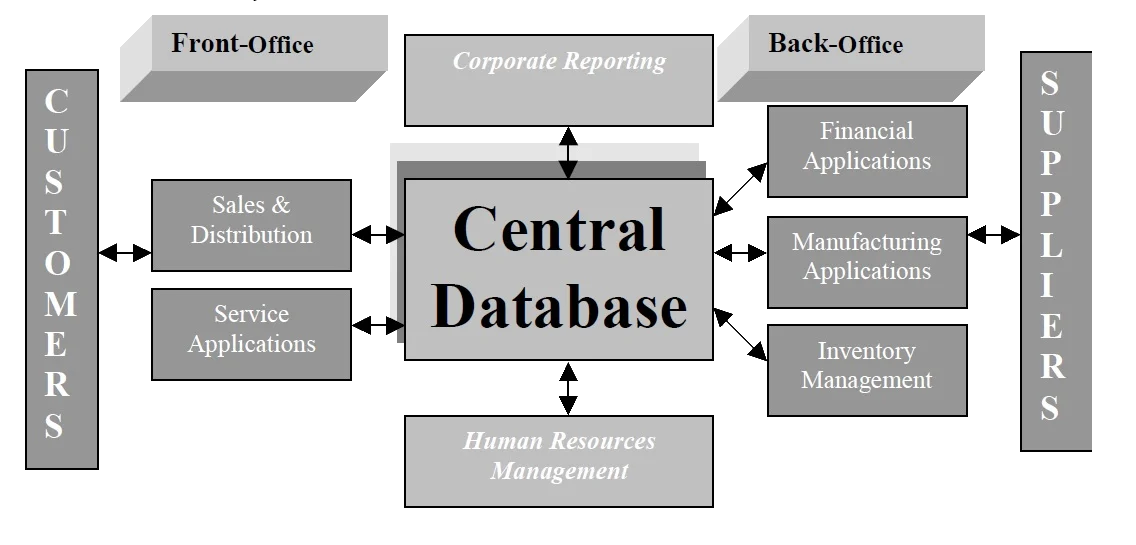
In challenging manufacturing verticals, firms have found differentiation by extending information visibility beyond their enterprise. They provide their customers with extreme transparency into their product and material flows. Customers use self-service access to information systems that track the materials and products related to their orders. They see where their order appears in the manufacturing process – and why.
Is their order delayed? They see exactly where in the manufacturing process it’s being held up. Customers know if Lean Manufacturing principles are violated. The enterprises cannot hide excess inventory, waiting, and manufacturing waste.
So long as problems remain infrequent, transparency facilitates a relationship of trust between manufacturers and their customers. Customers gain valuable information from ERP systems that have already been built. Granting qualified access to customers incurs very little extra communication or overhead. They also encourage best practices on the side of the manufacturer.
Visibility into CI/CD

Within the evolving DevOps culture, we find the CI/CD processes. CI always refers to Continuous Integration, which is in the domain of developers. Developers write, test, and merge code with the help of automation tools. CD means either Continuous Delivery or Continuous Deployment, both processes downstream of development. For this blog post, we’ll consider CD the automation of code delivery. It means code is released to the customers who need it quickly and with minimal risk. Shahin et al. (2017, p. 3911) suggest a conceptual framework showing the relationship between CI, CD, and CD:

All this discussion of software engineering automation, visibility, and tools begs the question. Will we see software engineering companies take the route of enterprise manufacturing? Will they grant customers (either internal departments or outside clients) visibility into their projects?
So far, no. The overwhelming majority of software organizations do not provide direct customer access to their software development backlogs. Even fewer offer visibility into their build, test, and deploy processes - let alone the myriad of business activities surrounding this engineering flow.
Security and IP concerns create a broad range of challenges. No team would grant customers unlimited access to JIRA (software for Agile software teams). In large enterprises, teams can expect insurmountable political resistance to any level of transparency.
Next step (maybe it’s time)
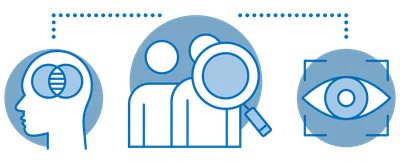
And yet, maybe it’s time to let down the shield. Software vendors and their customers are on the same team – and trust, communication, and collaboration are mutually beneficial. If you lead a small team, you can foster an attitude of openness to criticism and feedback. Grant read-only access for chosen customers and commit to a more collaborative business model.
As evidenced by open-source projects, crowdsourcing, and bug bounty programs, improved openness and community engagement are the software industry’s direction. If you see customer exchanges as a zero-sum game, cling to legacy practices, and let politics inhibit constructive criticism, more collaborative leaders may replace you.
References:
Alexy, O., Henkel, J., & Wallin, M. W. (2013). From closed to open: Job role changes, individual predispositions, and the adoption of commercial open source software development. Research Policy, 42(8), 1325-1340.
Atorough, P., & Salem, H. (2016). A framework for understanding the evolution of relationship quality and the customer relationship development process. Journal of Financial Services Marketing, 21(4), 267-283.
Davenport, T.H. (2000). Mission critical: realizing the promise of enterprise systems. Harvard Business School Press.
Rashid, M. A., Hossain, L., & Patrick, J. D. (2002). The evolution of ERP systems: A historical perspective. In Enterprise resource planning: Solutions and management (pp. 35-50). IGI Global.
Shahin, M., Babar, M. A., & Zhu, L. (2017). Continuous integration, delivery and deployment: a systematic review on approaches, tools, challenges and practices. IEEE Access, 5, 3909-3943.


